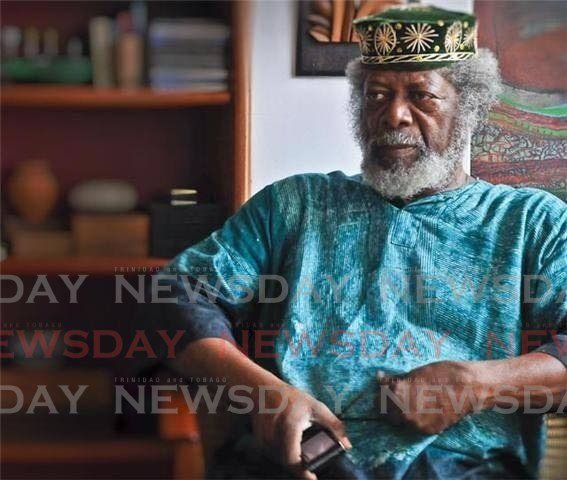Paths and visions

LEROY CLARKE was largely self-taught, a fact which might surprise anyone who has been privy to the epic grandeur of his haunting, intricate and densely metaphorical paintings.
These paintings – some decades in the making – remained pertinent portraits of our society right up to the moment of Mr Clarke’s death on Tuesday at the age of 82.
Mr Clarke was born in 1938. He grew up in Gonzales, the community that adjoins Belmont. He was an early member of the Trinidad Theatre Workshop (he later described Derek Walcott as an influence) and earned a reputation as its stage manager and set designer.
At 27, he held his first solo exhibition, titled A Labour of Love, at what was then called the Bank of Nova Scotia on Independence Square, Port of Spain.
After moving to the US in the 1970s, Mr Clarke became the first artist-in-residence at the Studio Museum of Harlem, where he had a one-man exhibition in 1972.
Mr Clarke, like the Cubists, drew from African art traditions, creating maze-like and intricately detailed paintings that veered towards baroque extravagance but were anchored in spiritual symbolism and private meanings.
Figures like Frantz Fanon, Carlisle Chang and Alfredo Codallo loom behind the work.
Nonetheless, it is a mark of his achievement that Mr Clarke’s paintings, drawings and poetry are instantly recognisable, perhaps more so because of their unrelenting concern with excavating the dark underbelly of post-colonial Caribbean life.
The artist saw his pieces as one epic series, beginning with an opening phase called Fragments of a Spiritual and continuing with Douens, which involved hundreds of paintings, drawings and poems. He saw douens – in folklore, children who died before they were baptised and whose feet point backwards – in political terms: they embodied the poor and the disenfranchised of the world.
“I am talking to people who understand douendom,” he once wrote of his work.
Another phase, El Tucuche, brought the land and the environment into focus. Trinidad’s second-highest peak became a sacred emblem of achievement.
But with Mr Clarke there were always further and further heights to scale, with hints of social revolution layered on each canvas.
Nevertheless, despite being an advocate for the arts and having a lofty humanistic vision in his painting, Mr Clarke sometimes fell afoul of those around him.
Much of his legacy will remain troubled by his unsympathetic and old-fashioned views on the movement for gender equality. His bizarre 2014 public statements about homosexuality and gang activity also perpetuated a long homophobic tradition of associating queerness with criminality.
Notwithstanding, Mr Clarke inspired many, and his dream of social change remains.
“We are more impoverished, we do not have a sovereign space,” he once declared of post-independence life.
His paintings may remain pathways to such an imaginary space.


Comments
"Paths and visions"